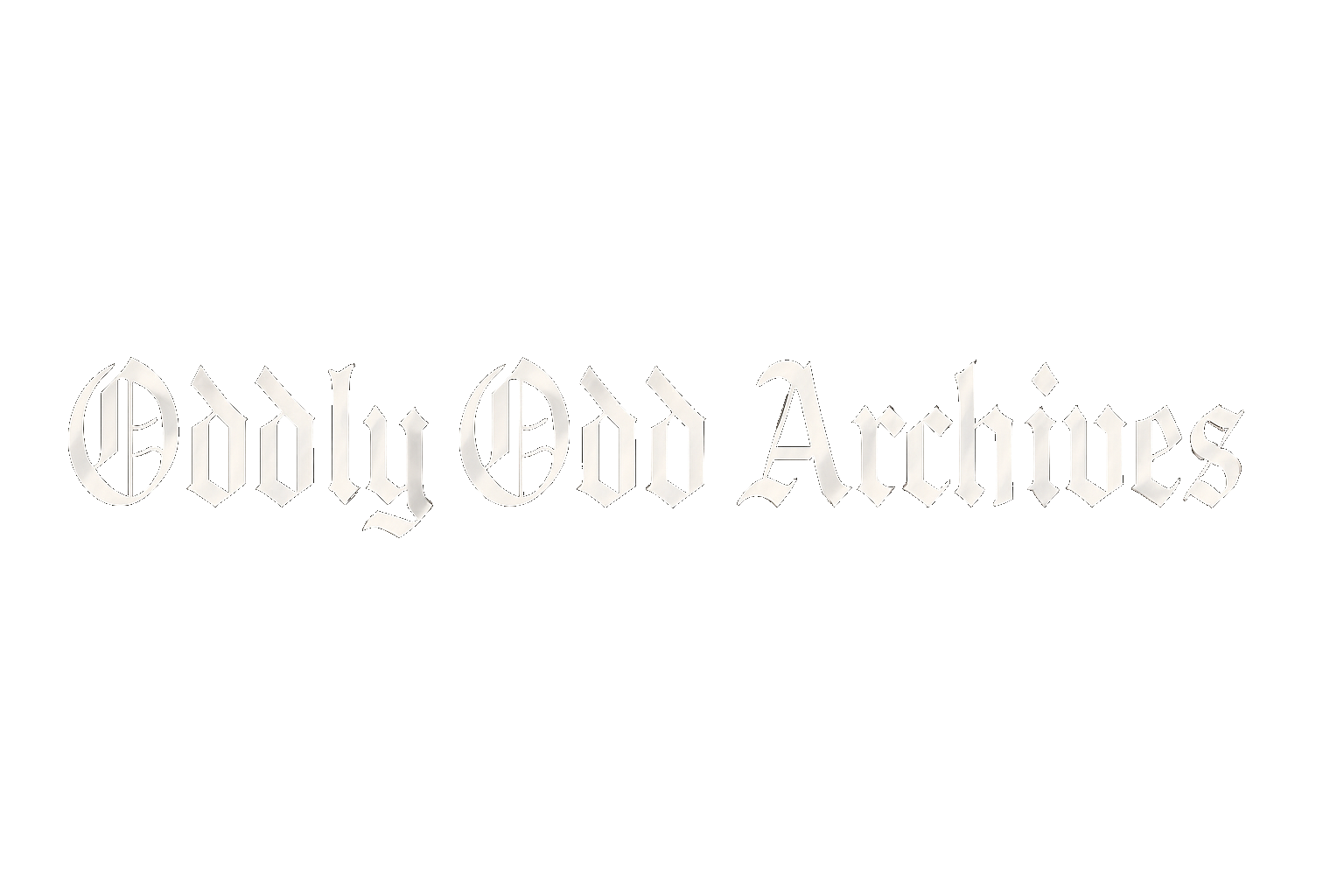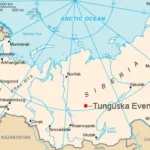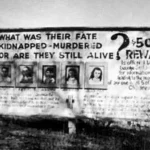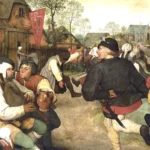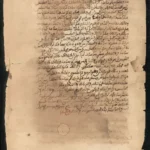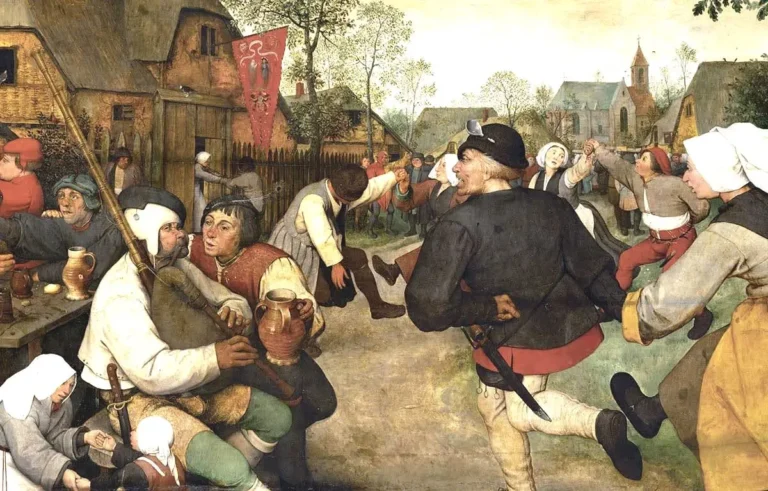
Dancing Plague of 1518: When Hundreds Danced Until They Dropped
In the summer of 1518, a woman stepped into the streets of Strasbourg and began to dance—and didn’t stop. Within days, hundreds joined her. Some danced until they collapsed. Others danced to their deaths. What exactly happened—and why—is still debated over 500 years later.
A City Possessed: The Start of the Madness
On July 14, 1518, a woman known only as Frau Troffea began dancing uncontrollably in the sweltering streets of Strasbourg, then part of the Holy Roman Empire. No music. No audience. Just a rhythmic frenzy. Within a week, dozens had joined her. By late July, as many as 400 people were caught in the dance.
City leaders were baffled—and terrified.
In response, they hired musicians, built stages, and encouraged more dancing, believing it would “burn out” the illness. That decision would prove disastrous.
Dance Halls and Death Counts
By August, the dancing was relentless. Victims reportedly dropped from heart attacks, exhaustion, or strokes. Some sources claim up to 15 deaths per day, though official records remain inconclusive (Britannica).
The authorities eventually banned music, dismantled dance halls, and led the remaining dancers to the shrine of Saint Vitus on a mountain—seeking divine intervention.
Theories Behind the Epidemic
🧠 1. Mass Hysteria (Psychogenic Illness)
Under severe stress—famine, plague, and poverty—entire communities may experience collective mental disturbances. Witnessing someone dance uncontrollably could have sparked an unconscious chain reaction.
Supported by historian John Waller in The Lancet (PubMed)
🌾 2. Ergot Poisoning (LSD-like fungus)
Some believe that ergot-contaminated rye (linked to St. Anthony’s Fire) caused hallucinations and seizures. However, ergot typically leads to painful spasms, not rhythmic dancing, and medication records don’t support a poisoning event.
✝️ 3. Religious & Supernatural Beliefs
Medieval superstition held that dancing could cleanse sin or appease saints—especially Saint Vitus. Authorities may have initially believed the dancing was a divine ritual, not a sickness.
💥 4. Social Trauma & Release
Mass dancing may have been a physical expression of collective trauma. After years of crop failures and disease, the dance could have symbolized emotional release—like a communal breakdown.
Other Dance Manias in History
The 1518 episode wasn’t unique. Similar outbreaks occurred across Europe between the 7th and 17th centuries—from Bernburg in 1021 to Aachen in 1374. Some danced in churches, others in fields, and all shared one thing: no clear explanation.
Scholars see them as cultural pressure valves—extreme human responses to extreme suffering.
Why We Still Talk About It
The Dancing Plague endures because it challenges the boundaries of science, psychology, and faith. Was it a case of mass hypnosis, undiagnosed illness, or a forgotten ritual? No one truly knows.
Yet, in a world still grappling with misinformation, pandemics, and group panic, the story feels eerily relevant. As Reddit users often ask:
”Could something like this happen again?”
